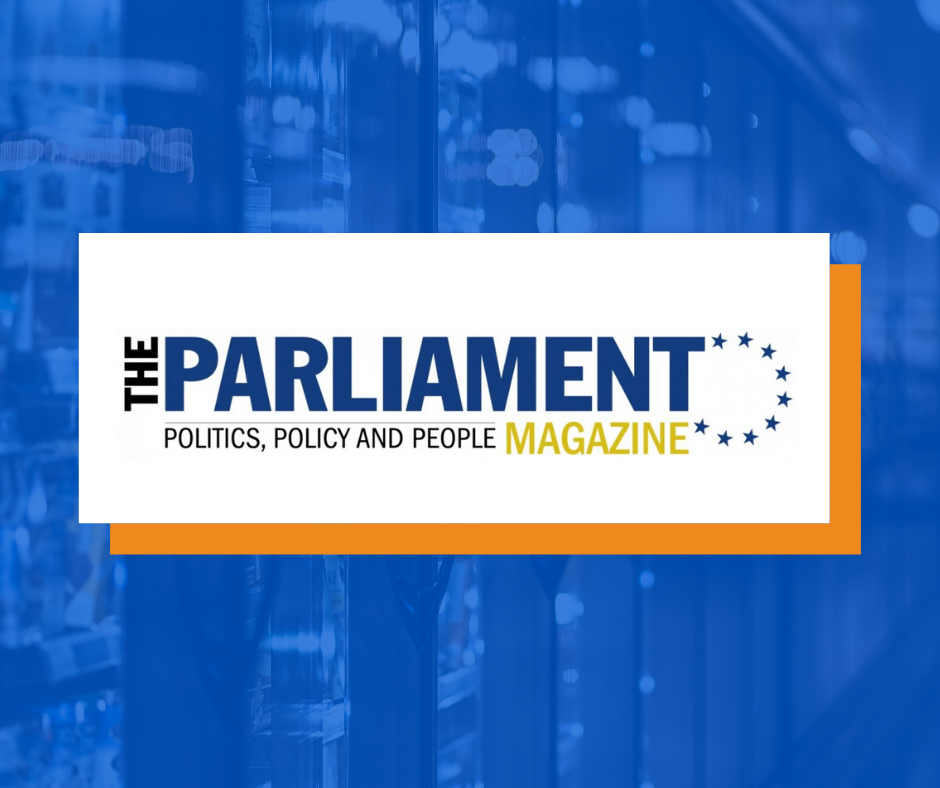A Commission impact assessment lays out what happens if the EGD is implemented, and it does not look good, writes the Consumer Choice Center’s Bill Wirtz.
The European Green Deal (EGD) is one of the cornerstones of the Von der Leyen Commission. It is hardly controversial to say that European policymakers have responded to public pressure with more environmentally friendly policies, which have, in turn, created heated debates over many other EU policies, ranging from CAP reform to the EU-Mercosur free trade agreement or the reform of the Emissions Trading System.
The EGD is ambitious – it seeks out to reach zero net emissions by 2050, with “economic growth decoupled from resource use“. It intends to do so through structural reform in the field of agriculture, decarbonising the energy sector, and laying out new taxation schemes to avoid unsustainable imports into Europe. However, the appropriate question is: at what cost? The additional expenditure for the European Union per year (between 2020 and 2030) will be a whopping €260bn. But it does not stop there.
At the end of September, the European Commission released an impact assessment that answers this question. This document has largely remained uncommented by Commission officials, or in the broader media landscape, which is surprising because it contains crucial data points. For once, in most models laid out in the assessment, GDP is expected to shrink. This is in close relationship with declines in employment, consumption, and exports. The latter will be particularly devastating for countries that heavily rely on export industries, which employ people with limited re-employment opportunities. As service industries – such as the financial sector – will be less affected, this will widen the opportunity gap in the labour market.
“We should be transparent about the effects of the European Green Deal, especially if it implies a worsened situation for consumers”
Another weight on existing inequalities will be rising energy prices for consumers. As the German energy shift (Energiewende) has shown already, a quick change to renewable energy sources, arrived through subsidisation programmes, has sharply increased consumer energy prices. The Commission’s impact assessment recognises that, though in a way that puts into question their consideration of the importance of social sustainability: “A drawback from a social perspective are the higher energy prices for consumers.” Calling it a “drawback” hardly does the immense cost for low-income consumers any justice.
A common narrative in the debate surrounding the EGD is that environmental policy shifts enable job and wealth creation. EGD Commissioner Frans Timmermans likes to talk about “green jobs”, referring to the opportunities created by the Commission’s plans. Instead of the COVID-19 crisis giving him pause, Timmermans says that “our response to the COVID-19 crisis allows us to save jobs not for years but for decades to come, and create new jobs. We may never again spend as much to reboot our economy – and I sure I hope we will never again have to.” Will he reconsider now that the impact assessment of his own Commission revealed three weeks after his speech that the cost for this strategy is significant? You would be courageous to hold your breath.
Given the current situation surrounding COVID-19, as GDP contraction expectations approach those of the 2008 financial crisis, we cannot adopt these kinds of policies without proper consideration. Some will claim that the price is that the noble goal justifies the means, but in any way, we should be transparent about the effects of the European Green Deal, especially if it implies a worsened situation for consumers. We owe it to the principles of transparency and accountable governance.
Originally published here.



